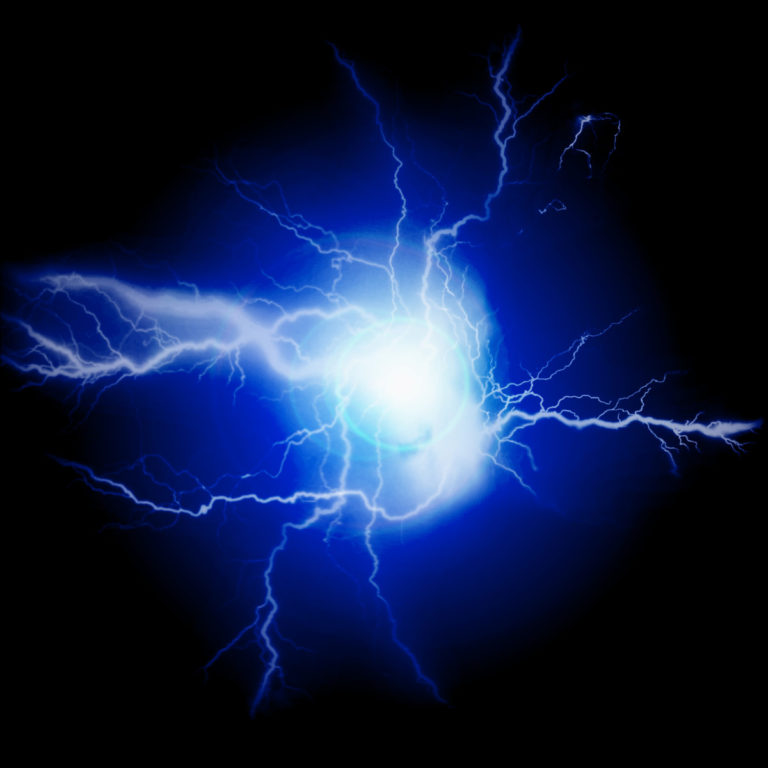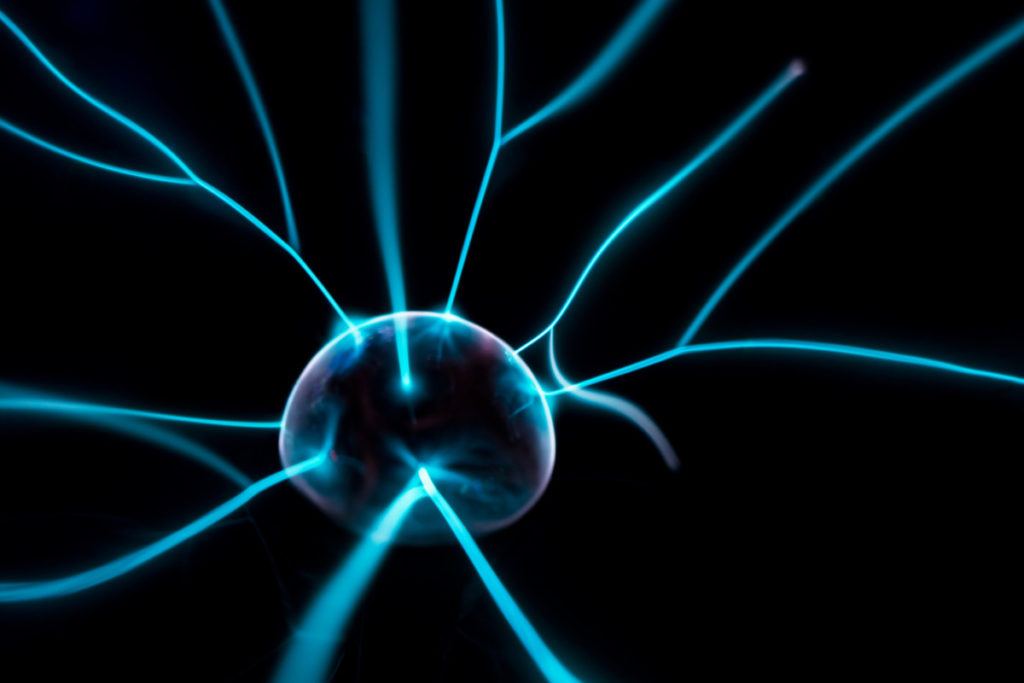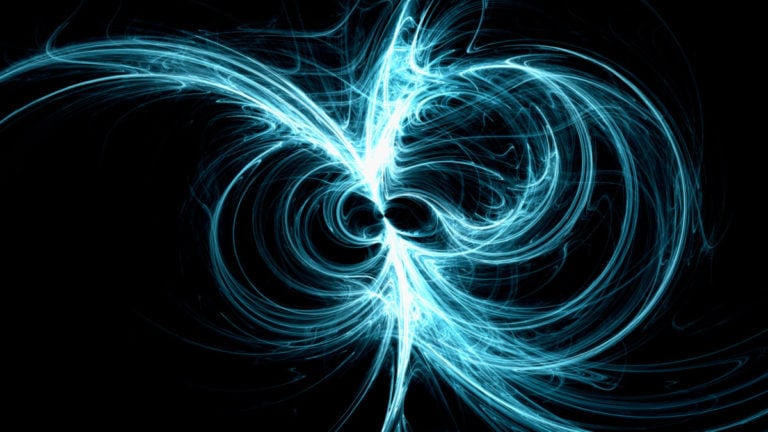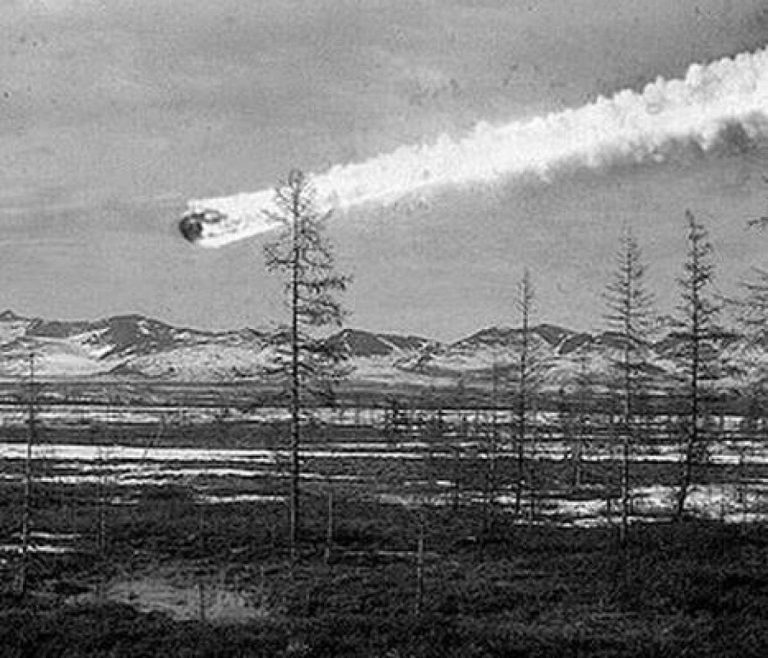The collision of a person with this phenomenon occurs very rarely and always unexpectedly. In addition, its duration is always short. Therefore, there is still no exact scientific definition of ball lightning.
Historical facts
- In 1749, the Montag encountered a large ball of blue fire. Admiral Chambers spotted the ball from afar and gave the order to change course. But the ball very quickly approached the ship and exploded above it at a height of about 40 m. The main mast was broken. Several people were knocked down. There was a strong smell of sulfur after the explosion.
- In 1809, the Warren Hastings was caught in a storm. He was hit by 3 burning balls. They went down to the deck and killed 2 people, and knocked down the third, leaving small burns on the body.
- The French physicist, naturalist and astronomer François Arago collected and described for the first time cases of observation of ball lightning in the early 19th century.
- Member of the Geological Society of Paris, M. Colon, said that the ball he observed descended along a tree, and then touched the ground, bounced and disappeared.
- In India, on April 30, 1877, a balloon flew into the temple of Amritsar, flew and flew out through the door. This phenomenon was then depicted on the doors of Darshani Deodi.
- In the city of Golden in the USA on 22.11. In 1894, after a strong wind, several fireballs flew around the school for a long time (about 30 minutes). Inside this building were dynamos.
- In 1897, in Australia (Cabo Cape – Naturalist), ball lightning struck a lighthouse.
- Physicist Tar Domokos on the Danube in 1954 saw how, after a lightning strike, a ball about 35 cm in diameter formed near this place. It rotated counterclockwise. The axis was parallel to the ground. After a few seconds, he disappeared.
- On July 10, 2011, the balloon appeared in the building of the city emergency service in the Czech city of Liberec. He flew into the window, jumped 2 times from ceiling to floor and disappeared. It smelled of burning. Computers are frozen.
Research
The Soviet physicist P.L. worked on the scientific explanation of ball lightning. Kapitsa in the 40s of the 20th century. The essence of his theory is as follows.
Electromagnetic waves are created between the earth and the clouds. When they reach the resonant amplitude, a breakdown in the air can occur. And in this place a gas discharge is obtained. It is powered by wave energy. The movement of the discharge will be carried out along the lines of force to the most conductive surfaces.

High frequency fluctuations in a thundercloud after normal lightning can create this phenomenon. Kapitsa in the 1950s received a spherical discharge in helium. Moreover, its color could be changed by adding various organic compounds to the experiment. With continuously operating oscillations in the center of the greatest action of the electric field, the discharge hovered around the circle of the field lines.
Soviet scientists I.P. Stakhanov and S.L. Lopatnikov in the 70s of the 20th century collected facts, studied and described the phenomenon. Their article about him was published in the journal Knowledge is Power. In this article, the authors asked all eyewitnesses to send a detailed description of their encounter with ball lightning.
More than 1 thousand letters were sent, where people told their impressions about this meeting. It turned out that the object sometimes arises from clouds, from instruments, from a tree or a pole. The color of the luminous ball was reddish, white, bluish, orange and even green. The ball can freely float in the air, stop, bounce, move along the wire, go around objects, pass through them. May scatter sparks, disintegrate, dissolve, explode, or fly away. Sometimes it is divided into several separate ones, which can also explode. They are strongly attracted by metal objects: pipes, railings, etc. The lifetime of ball lightning varies. After them, sometimes metal traces remain, there is a smell of smoke or sulfur.
The scientist physicist A.M. Khazen, in a report to the Academy of Sciences in 1988, said that ball lightning is a stationary plasma clot with different dielectric constants that exists in an electric field during a thunderstorm.
According to the scientist V.G. Shironosov, in addition to short-wave electromagnetic oscillations, for the stability of the ball, there must be additional strong magnetic fields. It turns out a plasma that holds itself under the action of a resonance of a constant and an alternating magnetic field. This is a “self-sustaining” model. A self-contained plasma with a synchronous ordered motion of charged particles inside it will have a temperature close to zero. Therefore, this resonant system can exist for quite a long time. (1999)
Mathematician M.I. Zelikin (2011) supports the theory of plasma superconductivity.
Physicist M. Dvornikov (2012) believes that this formation is spherically symmetric nonlinear oscillations of charged plasma particles. A superconducting phase can occur inside lightning.














